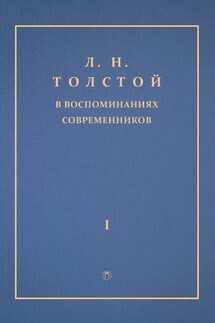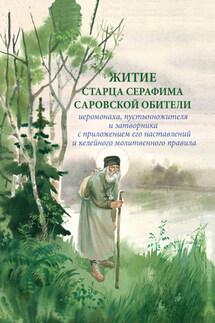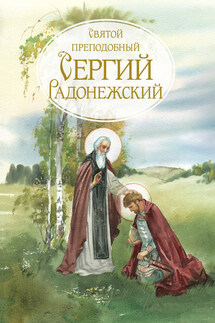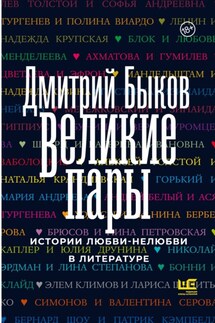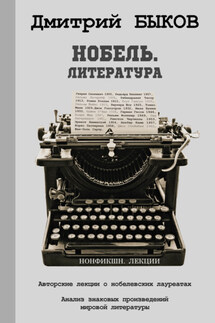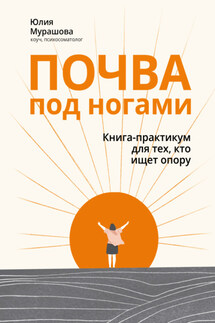Проблемы литератур Дальнего Востока. Труды IX международной научной конференции - страница 41
26. Китайские народные сказки. Пер. и комм. Б. Л. Рифтина. М.: Художественная литература, 1972.
27. 甘肅民間故事選. 蘭州: 甘肅人民出版社, 1980. [Избранные народные сказки провинции Ганьсу. Ланьчжоу: Ганьсу жэньминь чубаньшэ, 1980.] (На кит. яз.)
28. Неклюдов С. Ю. Образы потустороннего мира в народных верованиях и традиционной словесности // Восточная демонология. От народных верований к литературе. М.: Наследие, 1998. С. 6–43.
29. Пу Сунлин. Рассказы Ляо Чжая о необычайном. Пер. с кит., комм. В. М. Алексеева. М.: Художественная литература, 1983.
30. Рыбаков В. М. Уголовное преследование бесконтактных покушений на личность по законам династии Тан. Часть 2 // Вестник СПбГУ. Востоковедение. Африканистика. 2012. № 2. С. 117–124.
31. Уголовные установления династии Тан с разъяснениями (Тан люй шу и). Т. 1, цз. 1–8. Введение, пер., комм. В. М. Рыбакова. СПб: Петербургское востоковедение, 1999.
1. Pu Songling. Chronicle of the Strange from Liaozhai Studio: with compiled text-critical notes, annotations and commentaries. Comp., ed. by Zhang Youhe. Shanghai, Shanghai guji chuban-she, 2011. (In Chinese)
2. Williams E. Т. Witchcraft in the Chinese Penal Code. Journal of the North China Branch of the Royal Asiatic Society. 1907. Vol. 38. P. 61–96.
3. Guo Songyi. Menghanyao (knockout drug) in Qing dynasty criminal case records. Qing shi lun ji. Beijing, Zijincheng chubanshe, 2003. P. 144–149. (In Chinese)
4. ter Haar B. J. Telling Stories: Witchcraft and Scapegoating in Chinese History. Leiden, Brill, 2006.
5. Wu Jingfang. Drugs and Crime: The Uses and Risks of Anesthetics in Criminal Cases of the Qing Dynasty. Gugong xueshu jikan. 2019. No. 36 (3). P. 39–74. (In Chinese)
6. The Great Qing Code. Transl. by W. C. Jones. New York, Oxford University Press, 1994.
7. Rybakov V. M. The T’ang criminal law about the prosecution of attempts on the person. Vest-nik of St. Petersburg University. Ser. 13. 2012. Iss. 1. P. 129–137. (In Russian)
8. Strange Tales from a Chinese Studio. Transl. and comm. by J. Minford. London, Penguin, 2006.
9. Pu Songling. Wang Jinfan’s Edition of “Chronicle of the Strange from Liaozhai Studio”. Ed., comm. by Meng Fanhai, Meng Yuan. Jinan, qi Lu shushe, 2003. (In Chinese)
10. Pu Songling. Strange Stories from a Chinese Studio. Transl. and comp. by H. A. Giles. London, T. De La Rue, 1880.
11. Zhao Xiaohuan. Sorcery Crimes, Laws, and Judicial Practice in Traditional China (July 3, 2016). Australian Journal of Asian Law. 2016. Vol. 17. No. 1. Article 1. URL: https://ssrn.com/ abstract=2804393 (accessed: 30.07.2020).
12. Cheng Yizhong. History of Tang Xiaoshuo Prose. Beijing, Renmin wenxue chubanshe, 2003. (In Chinese)
13. Wiebe C. E. ”Banqiao San Niangzi” 板橋三娘子 (Third Lady of Plank Bridge Inn) from Xue Yusi 薛漁思, Hedong Ji 河東記. Tang Dynasty Tales: A Guided Reader. Singapore, World Scientific Publishing, 2016. P. 289–338.
14. Cheng Zhixiang. Stories of People Who Are Here. Shanghai, Guangyi shuju, 1946. (In Chinese)
15. Alimov I. A. The Notes of Innermost Miracles: A Concise History of the 7>th–10>th Century Chinese Xiaoshuo Prose. St. Petersburg, Peterburgskoye vostokovedeniye Publ., 2017. (In Russian)
16. Cheng Guofu. Researches on Evolution of Tang-era xiaoshuo. Guangzhou, Guangdong renmin chubanshe, 1997. (In Chinese)
17. Liu Shouhua. Studies in Comparative Research of Folktales
